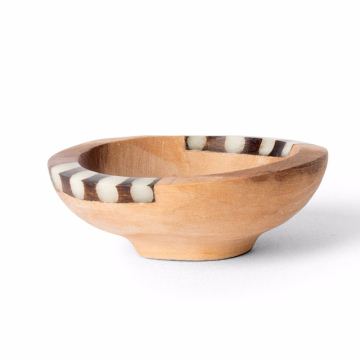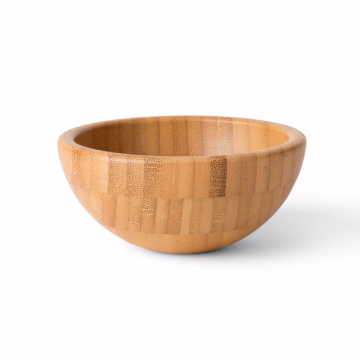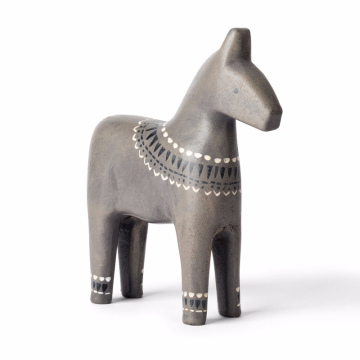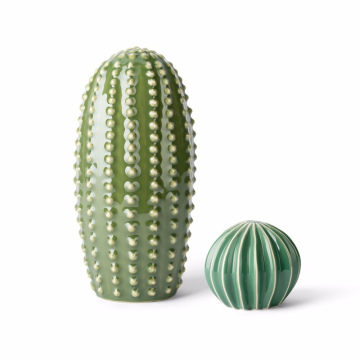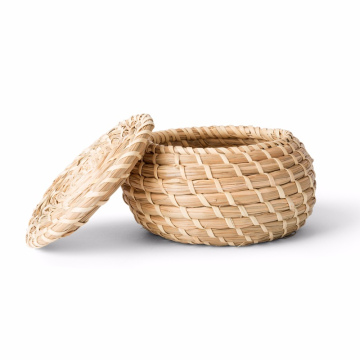Introduction to Spanish Desserts
Spanish desserts represent a vibrant and varied aspect of the country's culinary heritage, reflecting the rich culture and history of Spain. These traditional confections are deeply embedded in social customs and frequently feature in celebrations, family gatherings, and regional festivals. The flavors and ingredients utilized in Spanish desserts reveal much about the local culture, showcasing a harmonious blend of regional practices and historical influences.
Common ingredients in Spanish desserts include nuts, fruits, dairy, and spices, which are skillfully combined to create a delightful array of sweet treats. Almonds, for instance, play a crucial role in many recipes, particularly in regional specialties such as turrón from Alicante. Similarly, the use of fresh fruits, like oranges and figs, often reflects the seasonal bounty of various regions, adding freshness and natural sweetness to desserts. Dairy products, such as milk, cream, and cheese, are also prevalent, contributing to the rich textures found in many traditional Spanish confections.
Spain's diverse geography and climate give rise to distinct regional variations in its desserts. For example, while Andalusia offers the famous flan and churros, the Catalonian region boasts unique sweets such as crema catalana. Each area has its specialties rooted in local traditions and available ingredients, ensuring that Spanish desserts are not only varied but also perpetually fascinating. Furthermore, the influence of historical events, such as the Moorish occupation, has introduced new techniques and flavors, enriching the pastry-making landscape of Spain.
This exploration into the world of traditional Spanish desserts serves as a prelude to a deeper investigation of specific recipes, allowing one to appreciate the intricacies and significance of these delightful creations. The art of Spanish dessert-making, shaped by cultural exchange and historical evolution, merits a closer look as it continues to evolve in contemporary kitchens across Spain.
Classic Spanish Sweets and Their Origins
Spanish cuisine is renowned for its rich flavors and vibrant ingredients, and traditional desserts play a significant role in this culinary landscape. Among the most iconic sweets are Flan, Churros, and Tarta de Santiago, each boasting a unique origin and cultural significance that spans generations.
Flan, a creamy caramel custard, exemplifies the blend of simplicity and sophistication in Spanish desserts. Its origins can be traced back to ancient Rome, where a similar dish was prepared by combining eggs and milk. The Spanish version, enriched with vanilla and a glossy caramel topping, has become a favorite across Spain and Latin America. The dessert is often served during family gatherings and special celebrations, exemplifying the importance of togetherness in Spanish culture.
Another classic, Churros, reflects Spain's deep-rooted traditions. These deep-fried dough pastries, crispy on the outside and tender on the inside, are typically enjoyed for breakfast or as a snack. Originating from the Spanish shepherds who sought a portable breakfast, churros are now commonly paired with thick hot chocolate for dipping. The act of enjoying churros is often social, connecting friends and family through shared moments in cafés and at fairs.
Tarta de Santiago, a symbolic cake from the Galicia region, epitomizes Spanish cultural heritage. This almond cake is often adorned with the Cross of Saint James and is typically served during religious festivals and pilgrimages. Its ingredients, primarily almond flour, sugar, and eggs, highlight the regional emphasis on local produce and culinary traditions. The tarta not only satisfies the palate but also serves as a reminder of the historical significance of the Camino de Santiago pilgrimage.
Each of these desserts encapsulates the essence of Spanish life, with their unique flavors and preparation methods. They are more than mere treats; they are interwoven into the fabric of Spanish heritage, celebrating festivals, family gatherings, and everyday moments.
Regional Specialty Desserts Across Spain
Spain's culinary landscape is not only characterized by its savory dishes but also by a rich array of traditional desserts that vary significantly from one region to another. The geographical diversity of the country plays a pivotal role in shaping the ingredients and flavors that define these unique confections. Each region boasts its own culinary heritage, deeply rooted in local traditions and festivities.
In the Basque Country, for instance, Tarta de Queso has earned recognition for its creamy texture and caramelized top. This cheesecake is made using a combination of soft cheese, eggs, and sugar, with a hint of vanilla, reflecting the richness of local dairy products. It is a popular dessert served at family gatherings and special occasions, symbolizing the region's agricultural bounty and mastery of dairy-based sweets.
Traveling south to Catalonia, one encounters Panellets, small marzipan confections often adorned with pine nuts. These sweets are traditionally prepared for the Festes de Tots Sants, a celebration of All Saints' Day. The ingredients typically include almond flour, sugar, and egg whites, showcasing the region's history of almond cultivation. Panellets are not only tasty but also represent a cherished festival treat, highlighting the connection between dessert and cultural identity.
In Andalusia, one might find Tocino de Cielo, a rich custard made from egg yolks and sugar, which beautifully illustrates the influence of Arabic sweets in the region. This dessert's name translates to "bacon from heaven," a reference to its indulgent quality. It is customarily served during festive occasions, particularly during Easter, emphasizing the relationship between local culinary practices and religious celebrations.
Throughout Spain, the artistry and regional pride found in these desserts are a testament to the country's diverse cultural tapestry. By exploring these traditional sweets, one not only delights the palate but also gains insight into the customs and histories that make Spain's dessert scene so uniquely vibrant.
Modern Takes on Traditional Spanish Desserts
In recent years, traditional Spanish desserts have received a contemporary makeover, thanks to innovative chefs and enthusiastic home bakers. This evolution showcases a blend of cultural heritage and modern culinary techniques, resulting in exciting new variations of classic sweets. The reinvention of desserts such as flan, churros, and tarta de Santiago emphasizes the versatility of Spanish cuisine while respecting its roots.
Contemporary pastry chefs are skillfully merging traditional Spanish flavors with global culinary influences. For example, the popular churro has been transformed into a gourmet dessert with inventive fillings, such as matcha, chocolate ganache, or even savory options like cheese and herbs. This creative approach allows diners to experience familiar tastes in unexpected forms, marrying tradition with novelty seamlessly.
Additionally, many chefs are experimenting with presentation styles. Tarta de Santiago, a classic almond tart, is now frequently seen in reimagined plating styles that incorporate elements like edible flowers, sorbets, or modern garnishes. These artistic touches not only enhance visual appeal but also invite diners to explore new textures and flavors. Interviews with leading pastry chefs reveal their passion for balancing nostalgia and innovation, emphasizing that the essence of these beloved desserts can remain intact while still appealing to contemporary palates.
Home bakers, too, are encouraged to explore their creativity by modernizing traditional recipes. Substituting ingredients, applying new cooking techniques, and altering the aesthetics of presentations offer opportunities for personalization. By utilizing local ingredients or introducing fusion elements, anyone can infuse their own twist into classic Spanish desserts, making them relevant for today's diverse culinary landscape.
This ongoing journey of evolution highlights the dynamic nature of Spanish pastry culture. As chefs and bakers continue to experiment and push the boundaries, they not only honor traditional flavors but also pave the way for a vibrant future in Spanish desserts.

